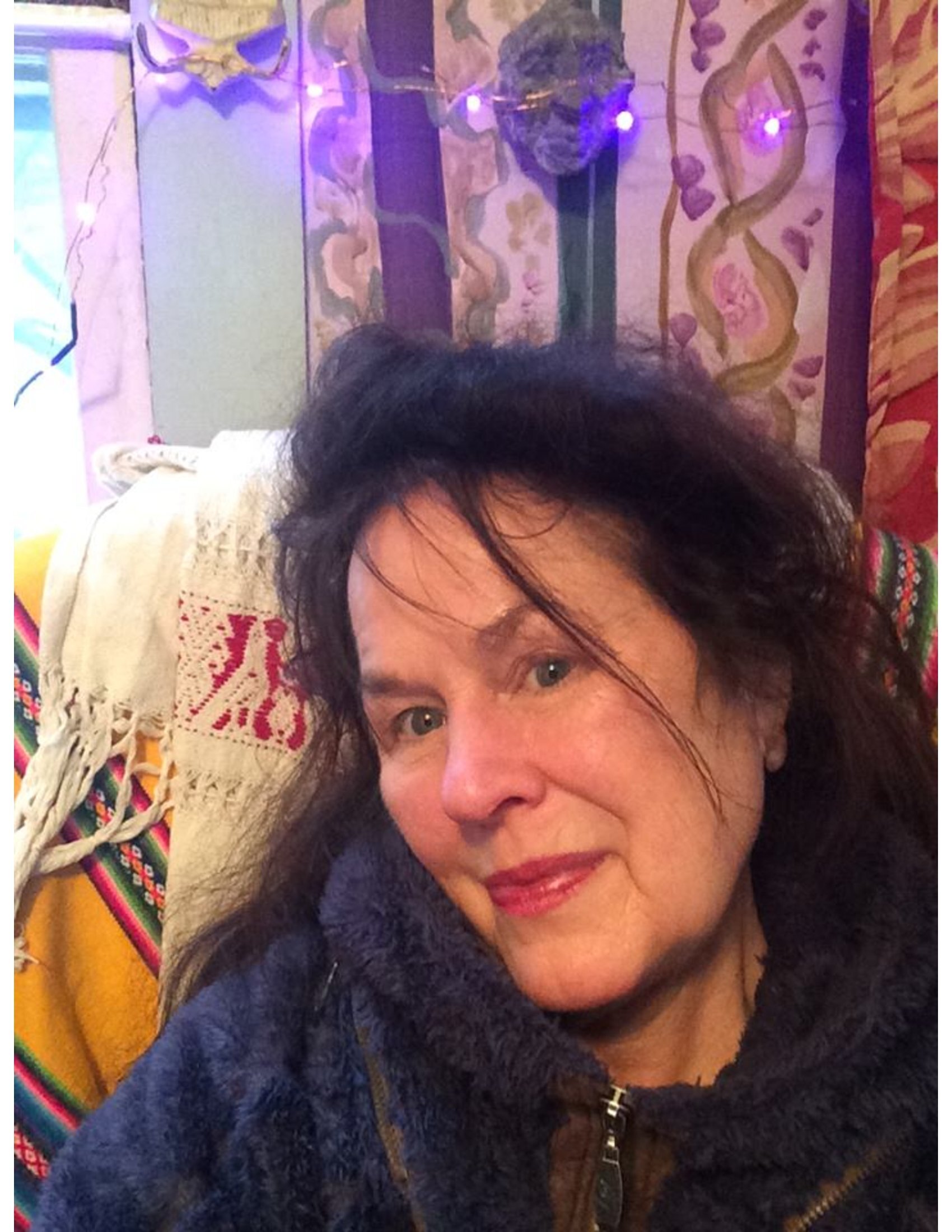
Artist’s Statement
Life
My first twelve years magically unfolded in the 1950’s on the grounds of the first public psychiatric hospital established in Louisiana, which was built in 1848 on the hill above the village of Jackson in East Feliciana Parish. The hospital featured a grand columned central administrative building constructed in the Greek Revival style with a three-story portico, landscaped with fountains, gardens, walkways, bordered by palmetto, magnolias, pine, passion flower vines, and sprawling oaks. Besides my immediate family and neighbors, my companions were the hundreds of patients and their professional caregivers, including my father, who sought to bring modern psychological methods to help the infirm. After completing my MFA, I was hired as the hospital’s first Art Therapist.
Excursions in the 1950’s with my family to the French Quarter in New Orleans and the Acadiana Parishes where the bones of my ancestors slumber in crypts shaded by mossy-limbed live oaks, provide me ongoing inspiration.
Extensive travels, 14 residential moves including a year and a half in Israel, a summer on the Greek island of Karpathos, four years in Edinburgh, and numerous locations in the US have enriched my vision and work. My husband of 46 years, Max, helps me haul stuff around, inspires with his rich intellect, and reminds me what day it is. We have two daughters and three grandchildren.
Environmental activism has heavily influenced my work. I led a small group against the ambitions and resources of a Fortune 500 company who sought to construct a mega-truck stop above a sensitive aquifer close to our rural home. Working in an era predating cell phones and without Internet, as my family and I suffered death threats, I gathered information from scientists and governmental sources from around the nation, attended endless hearings, and coordinated lawsuits. Four years of mighty effort led to success. Big business decided they might find an easier neighborhood to despoil. As a triumphant memorial, bald eagles have nested in tall trees once marked for destruction. Not too long after our truck stop ordeal ended, I realized that the small dairy farms that had existed around my home when we moved here in 1987 were being transformed into CAFO’s (aka Factory Farms or Concentrated Animal Feeding Operations) causing unprecedented environmental degradation to our air and water. Unlike family dairies of old, this new local agro-industry smells simply terrible and leaks tremendous quantities of phosphates, bacteria, and nitrates into our otherwise pristine ground water. I couldn’t quietly sit by and watch the transformation. I started to pull together scientists in the fields of air and water, environmental attorneys, and activists from around the State who had already been involved in localized CAFO battles. We presented this information in a meeting with Governor Spitzer’s Chief Environmental officer, who later became EPA’s Head Administrator for Region 2.
All of these experiences have grown the spirit and stories in my work and have enhanced my painted depictions of fierce guardian archetypes joined with reptiles, birds, animals, fish, frogs, toads, flora, and food to address the dire importance of biodiversity and water, air and food quality, crucial now as our globe passes the environmental tipping point.
Painting Process, Inspiration and Evolution
Working with small brushes in oil paint on primed canvas, I draw the initial design from preparatory drawings onto the canvas in thinned paint. Using live models, photographs, and still life objects, I work on small areas in an alla prima manner, revisiting individual areas repeatedly adding color and detail. Each painting (except for small works) takes months, often years, to complete. Driven by an obsessive nature, I concentrate on detail as well as the relationships between the color and images while meticulously joining complex juxtaposed areas of the painting. My use of conventional perspective and scale has diminished as my alchemic color methodology, distinctive technique, and content have evolved over forty years. Each painting stands alone, but at the same time continues a mythical narrative revealed in my completed works spanning decades.
My daughters, granddaughter, mother, life long friends, and I appear as Guardians, Saviors, Heralds, and Witnesses. I often get into character by donning costumes, masks, and theatrical makeup to create the required persona. My organic herb, vegetable, and perennial gardens provide sanctuary for reading, meditation, and painting subject matter.
I ram a member of the NOHO M55 Gallery, New York, NY.
Teachers
I was fortunate to study with painters Jack Wilkinson, Ed Pramuk, Michael Crespo, Robert Warrens, Peter Dean, Harvey Harris, Chin Hsiao, Jane Freilicher, James Wilson, and Anthony Santuoso, printmaker James Burke, and raku clay artist Howard Shapiro. Louisiana painters Douglas Bourgeois, Bobby Hausey, and Georges Fabre, and New York painters Stephen Barbash and George Dugan have been great friends and inspirations. As a younger painter, I corresponded with Janet Fish and received encouragement and guidance. I have had the support of poet and NPR commentator Andre Codrescu, and curators Marie Via and David Kwasigroh.

